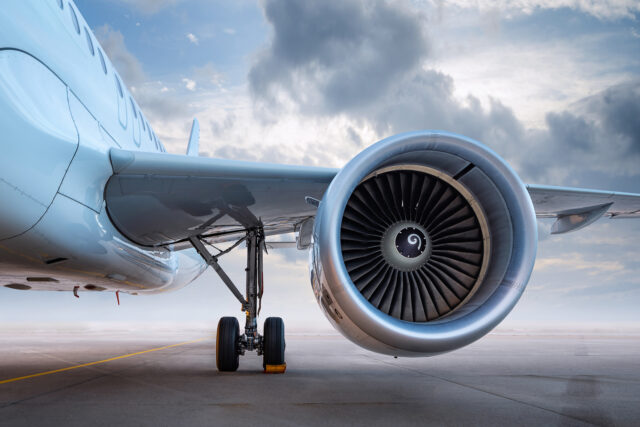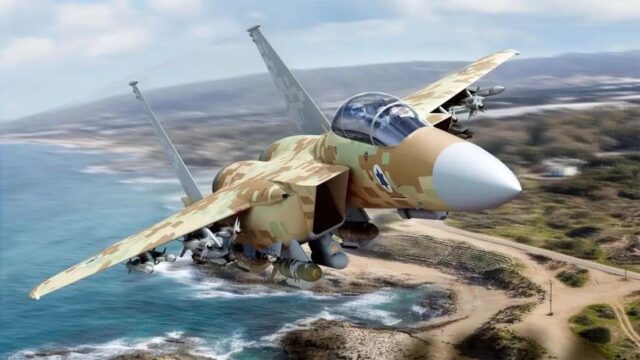Dream team: Horizon Aircraft and ZeroAvia partner for hydrogen eVTOL future

July 15, 2025

Sustainable regional mobility has taken a leap forward as two of the sector’s most innovative companies, Horizon Aircraft and ZeroAvia, have joined forces to explore what could become the first hydrogen-electric eVTOL of its kind.
“We are a company that continues to focus on what is best for operators of our aircraft,” says Brandon Robinson, CEO and Co-founder at Horizon Aircraft. “We have been impressed with ZeroAvia’s recent flight demonstrations of hydrogen-electric propulsion systems and the company’s traction with regulators.”

The partnership will explore zero-emission, regional eVTOL power systems with the ultimate goal of integrating ZeroAvia’s ZA600 powertrain into the Cavorite X7, Horizon Aircraft’s unique fan-in-wing eVTOL.
ZeroAvia wants to make the Cavorite zero-emissions
ZeroAvia’s ZA600 hydrogen fuel cell powertrain has made significant regulatory progress in recent months.
In February, it received the FAA G-1 Issue Paper, establishing the Certification Basis for its 600 kW Electric Propulsion System (EPS). It’s targeting full certification in late 2026 to early 2027.
Horizon Aircraft is in a similar position with the development of the Cavorite. Extensive flight testing of its large scale demonstrator is complete, and the company is now moving on to construction and testing of the full scale aircraft.
Certification is modestly projected at 2030, but with high hopes for a faster timeline.
Teaming these two companies is a match made in heaven. The innovative design of the Cavorite, presently a hybrid-electric aircraft, promises an eVTOL that performs like a Cessna but with super low running costs and low emissions. Bringing ZeroAvia to the table could turn those low emissions into zero emissions.

Exactly how the ZA600 will integrate with the Cavorite’s current systems remains to be seen, but it could feasibly replace the fossil fuel burning generator with a hydrogen-electric alternative.
ZeroAvia is already working to demonstrate the powertrain on a Cessna Caravan; the Cavorite has similar performance and payload, making it the perfect partner.
But does hydrogen support Horizon Aircraft’s goal of operational independence?
The Cavorite X7 is designed to be used and inherently usable, a machine that’s built for challenging operational environments where its most needed.
“We took a really hard look at product–market fit,,” CEO Robinson told AGN at the Paris Air Show, “and built a machine for the people that would be using it to do good work on a daily basis.”
To make the Cavorite usable in remote communities and missions like medevac, hybrid-electric provides a uniquely self-contained operation. Electric powered takeoff and climb drastically reduces fuel requirement, then during the cruise, while the combustion engine and pusher prop deal with movement, the batteries fully recharge in as little as 15 minutes.
“We’re not limited to going from charging station to charging station, or from vertiport to vertiport,” Robinson said. “We can literally go anywhere that there’s fuel.”

So how does hydrogen fit into this vision? With its limited penetration and complex requirements for transportation and storage, options for refuelling are few and far between.
That’s where ZeroAvia comes in. It is engineering mobile hydrogen refuelling vehicles designed to serve airfields without fixed fuel infrastructure. These units can travel to remote locations, enabling distributed operations where traditional fuel or charging systems don’t exist

Alongside this, ZeroAvia is rolling out electrolyser systems capable of generating hydrogen onsite. This lets operators produce hydrogen exactly where they need it, and gives airports a potential new revenue stream.
“Airports are very excited about this new fuel because they see an opportunity,” ZeroAvia CEO Val Miftakhov told AGN in a separate interview. “Instead of just taking delivery of jet fuel and passing it through, airports can now have fuel production facilities on site.”
As ZeroAvia’s ecosystem moves from concept to deployment, the groundwork for zero emissions regional flights is beginning to take shape. And with Horizon Aircraft onboard, runways are optional.
















